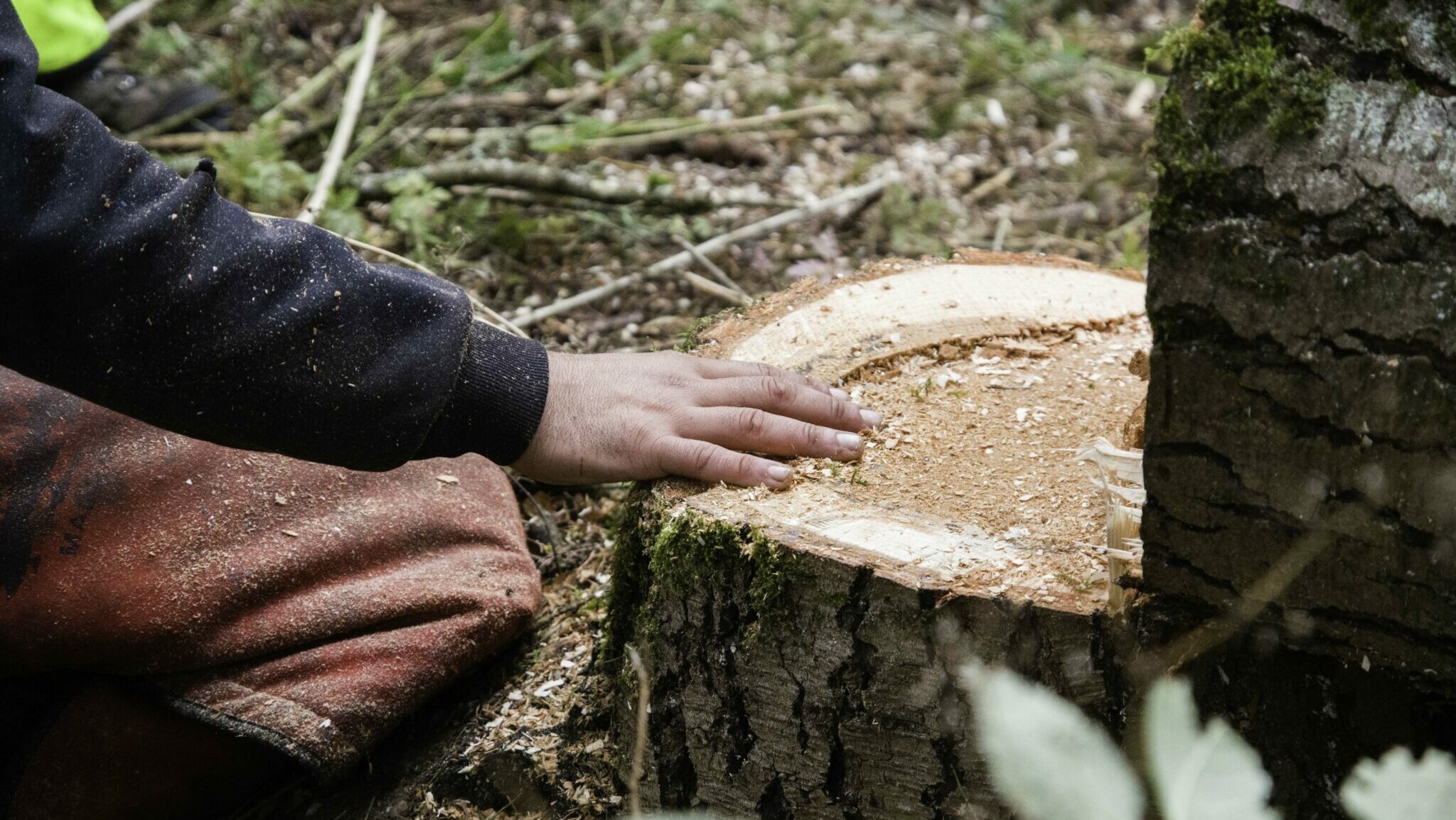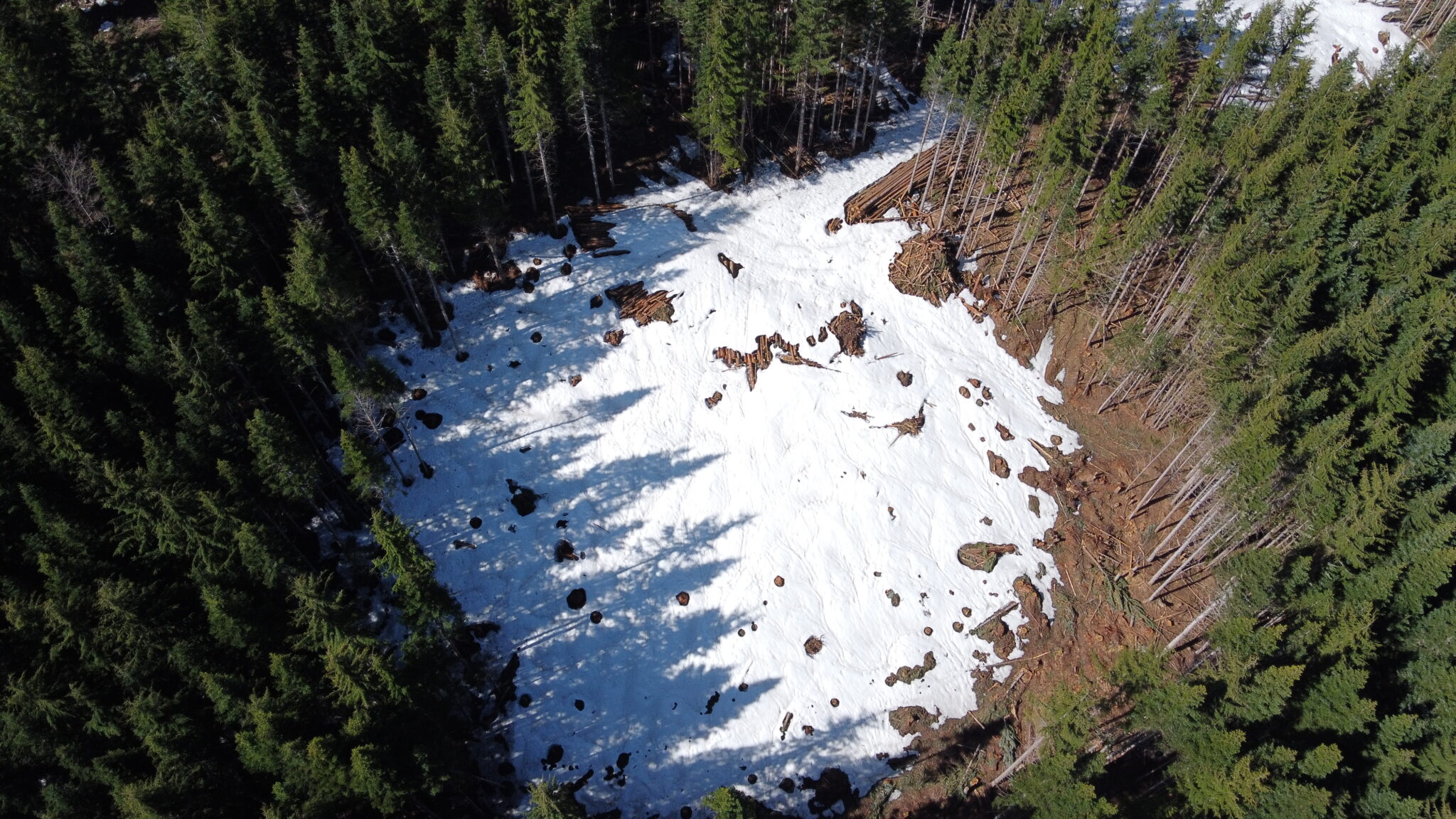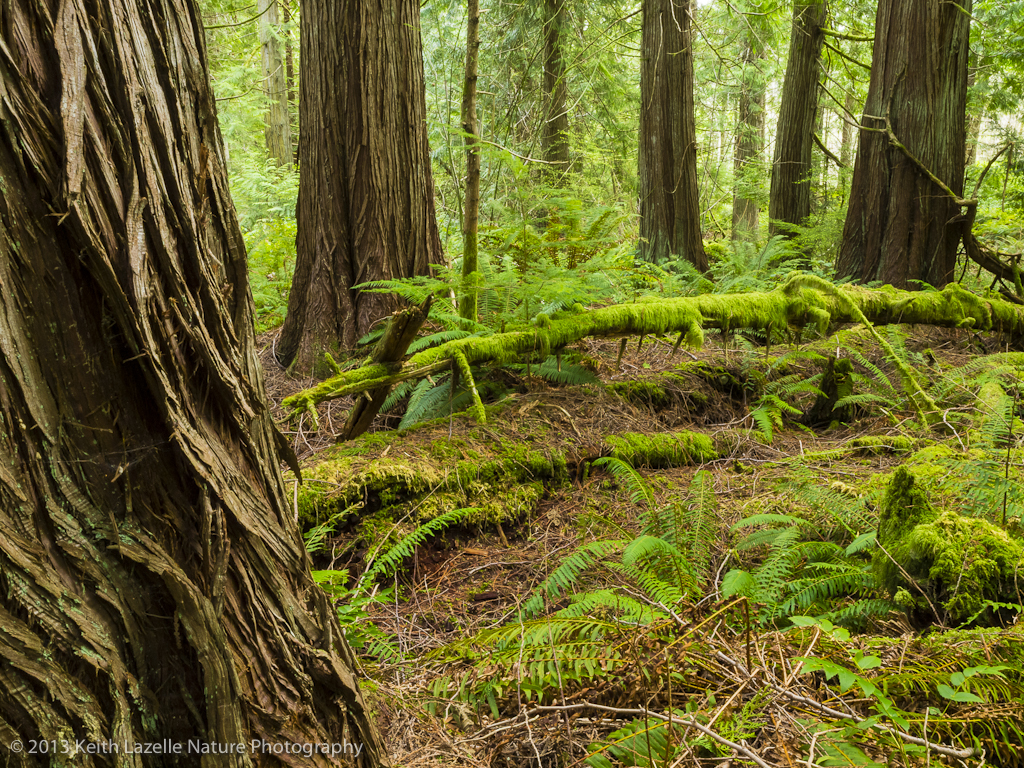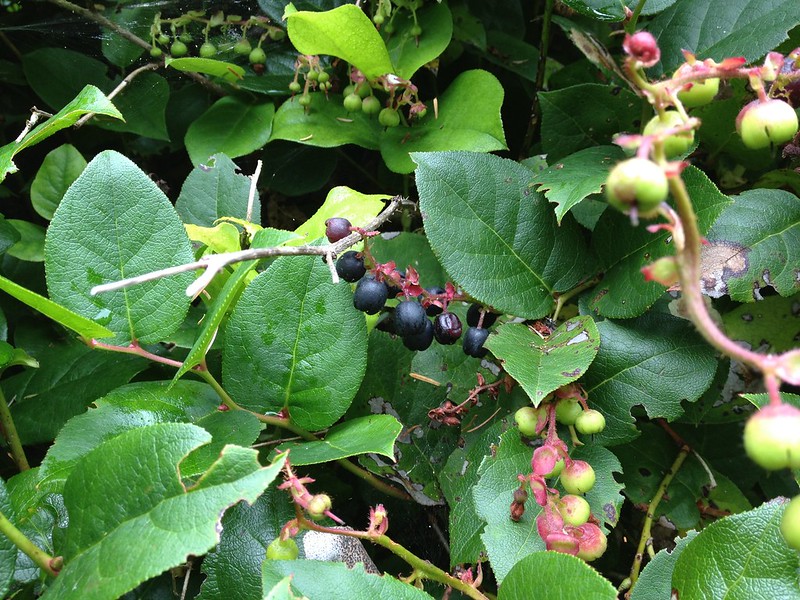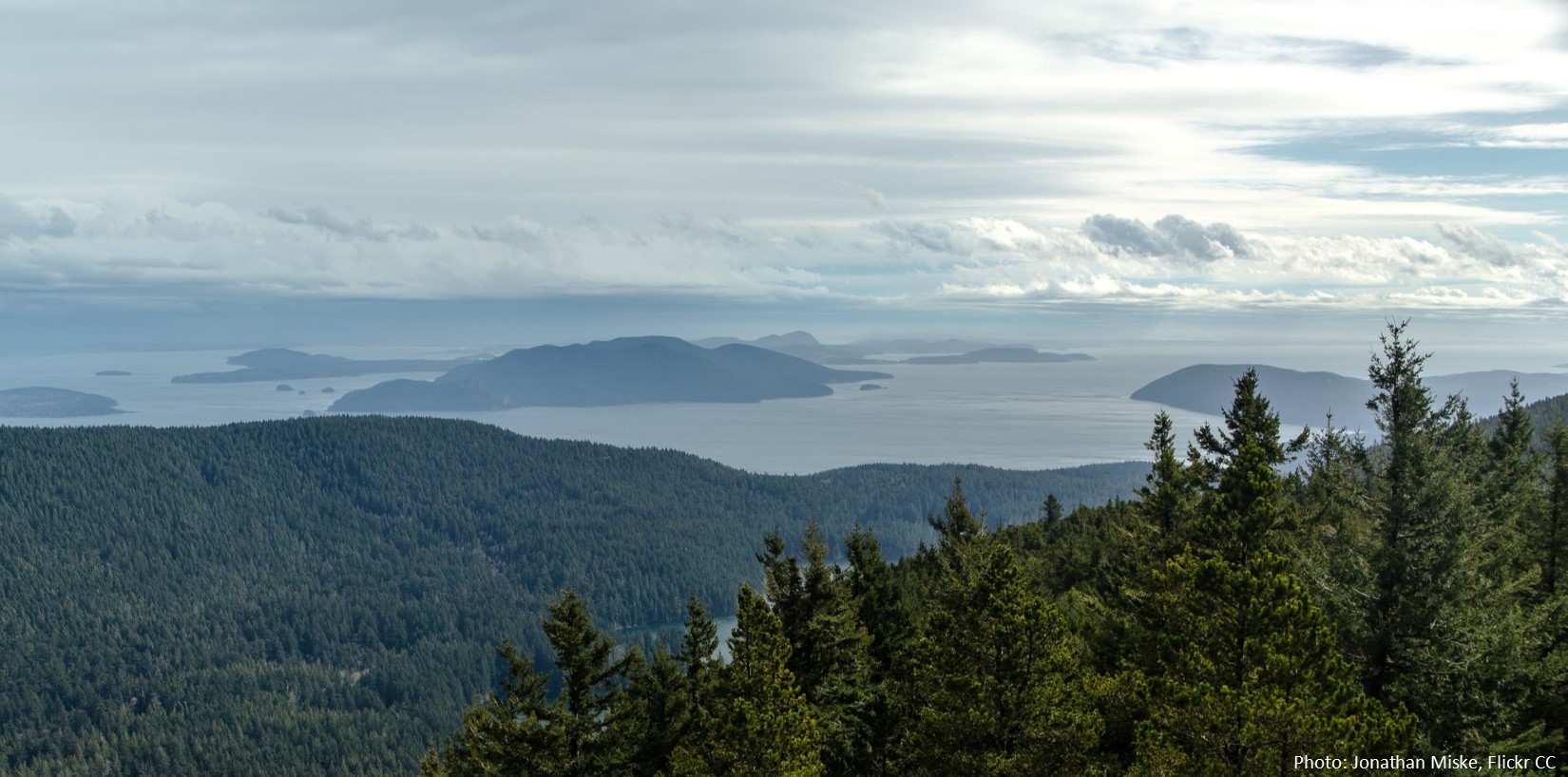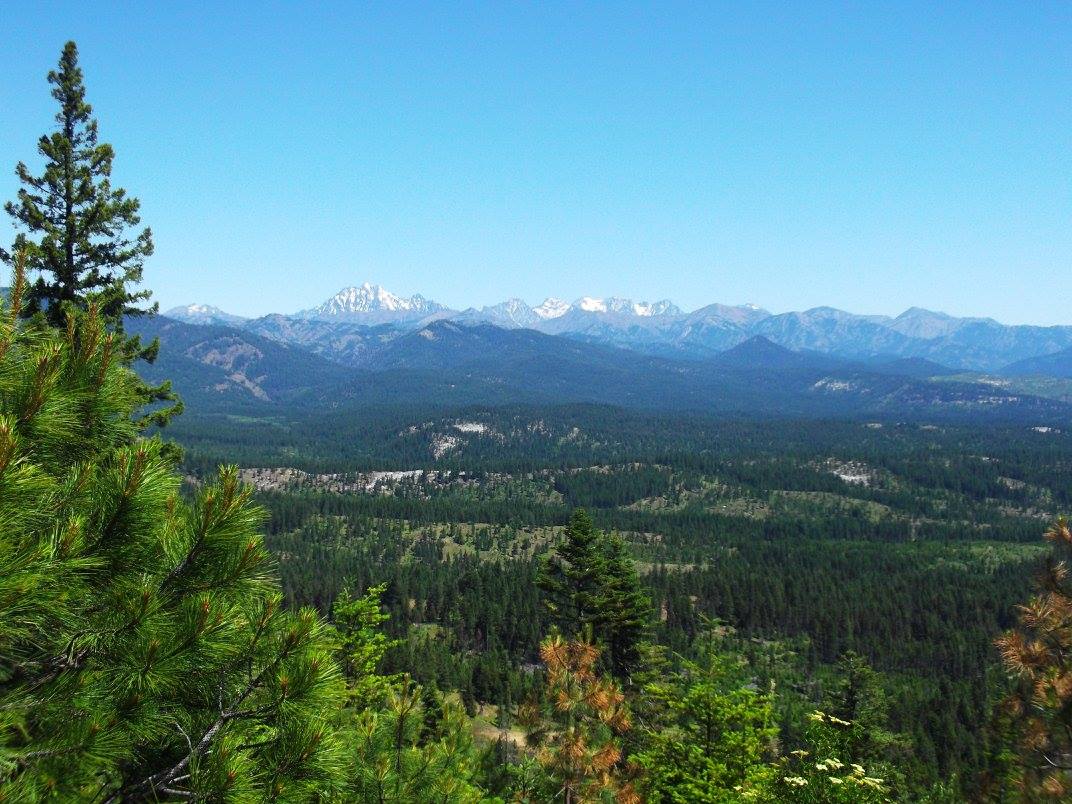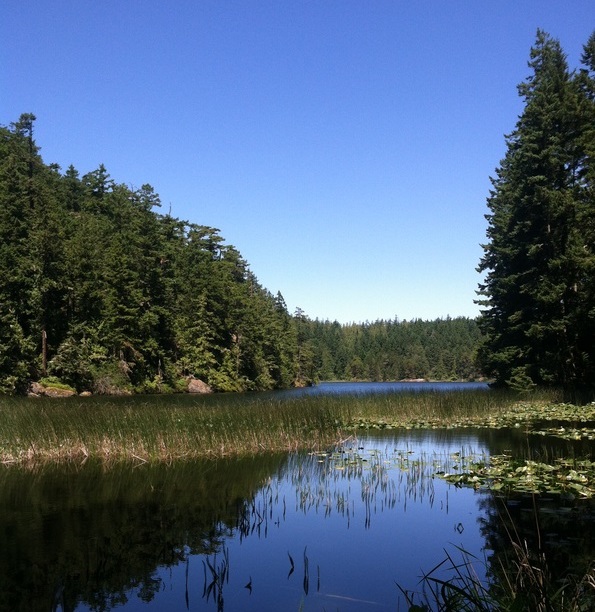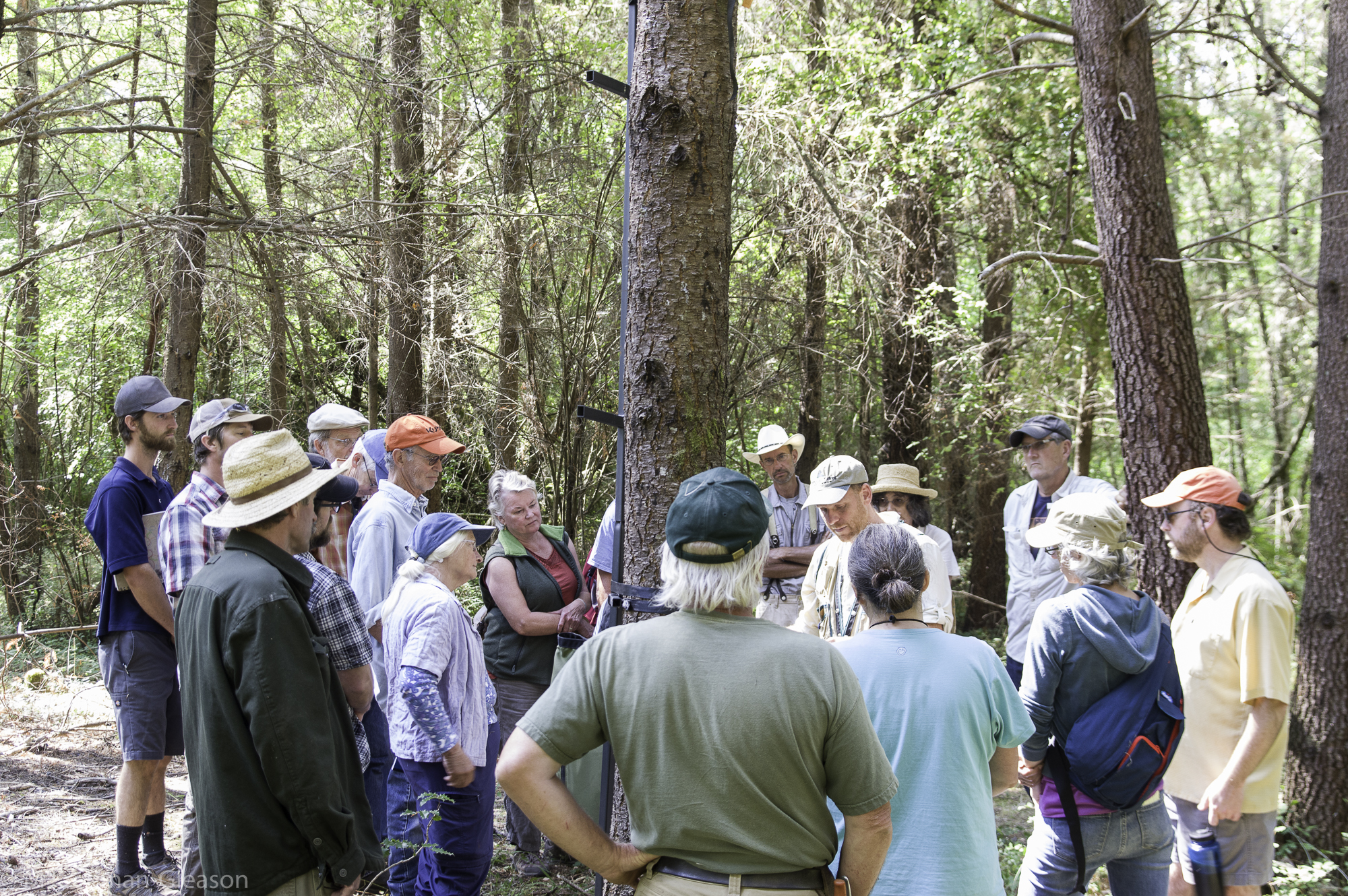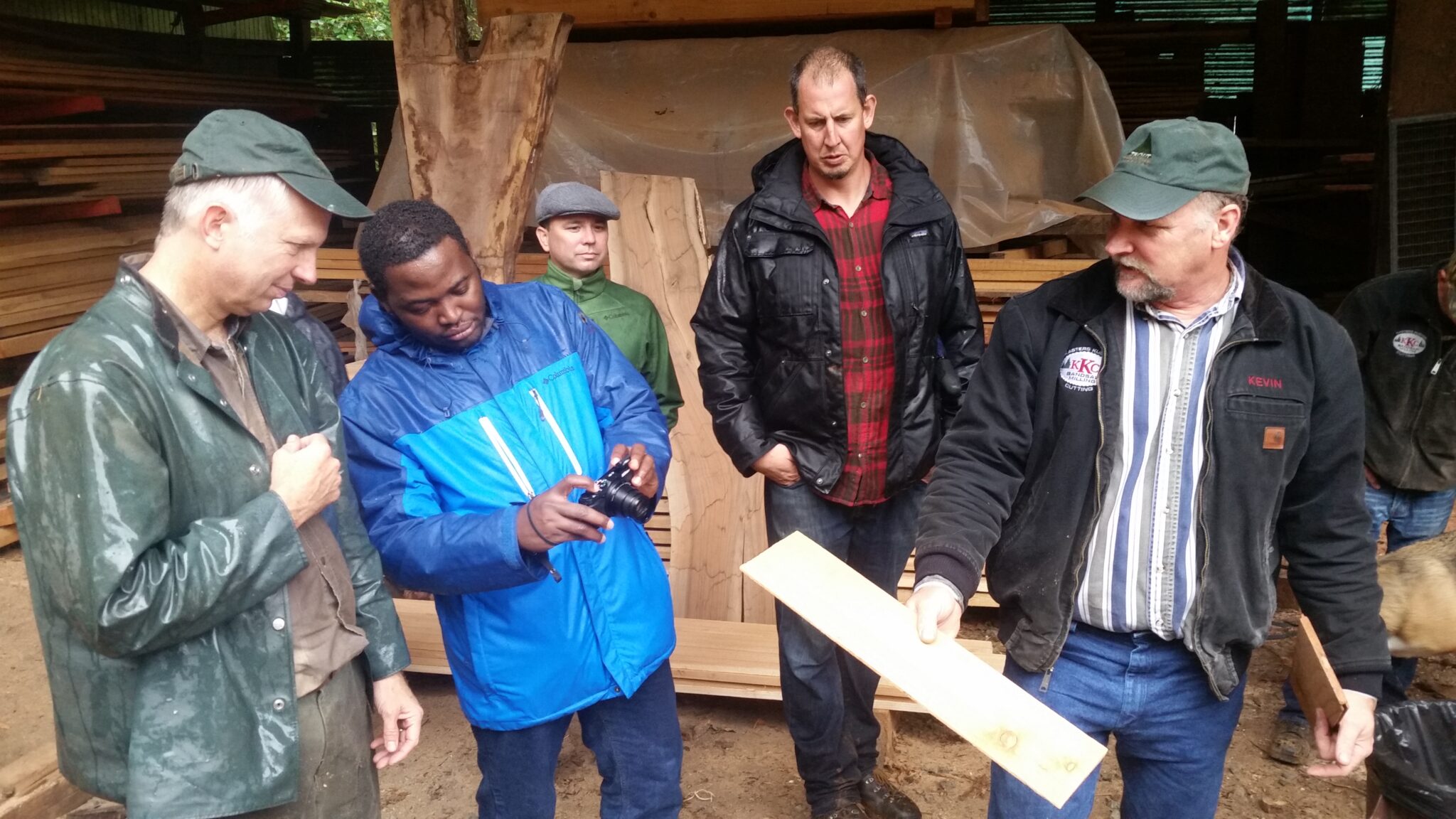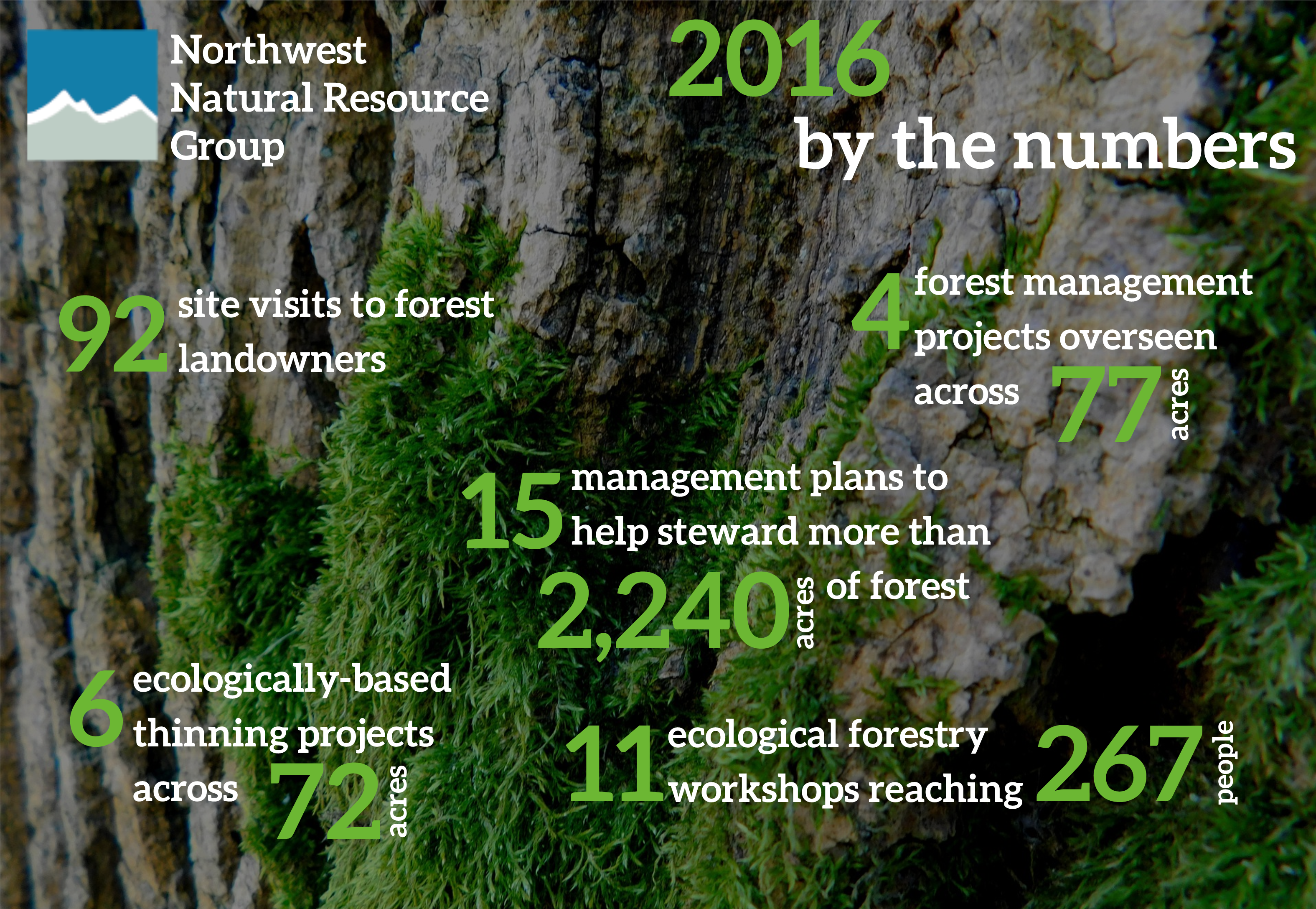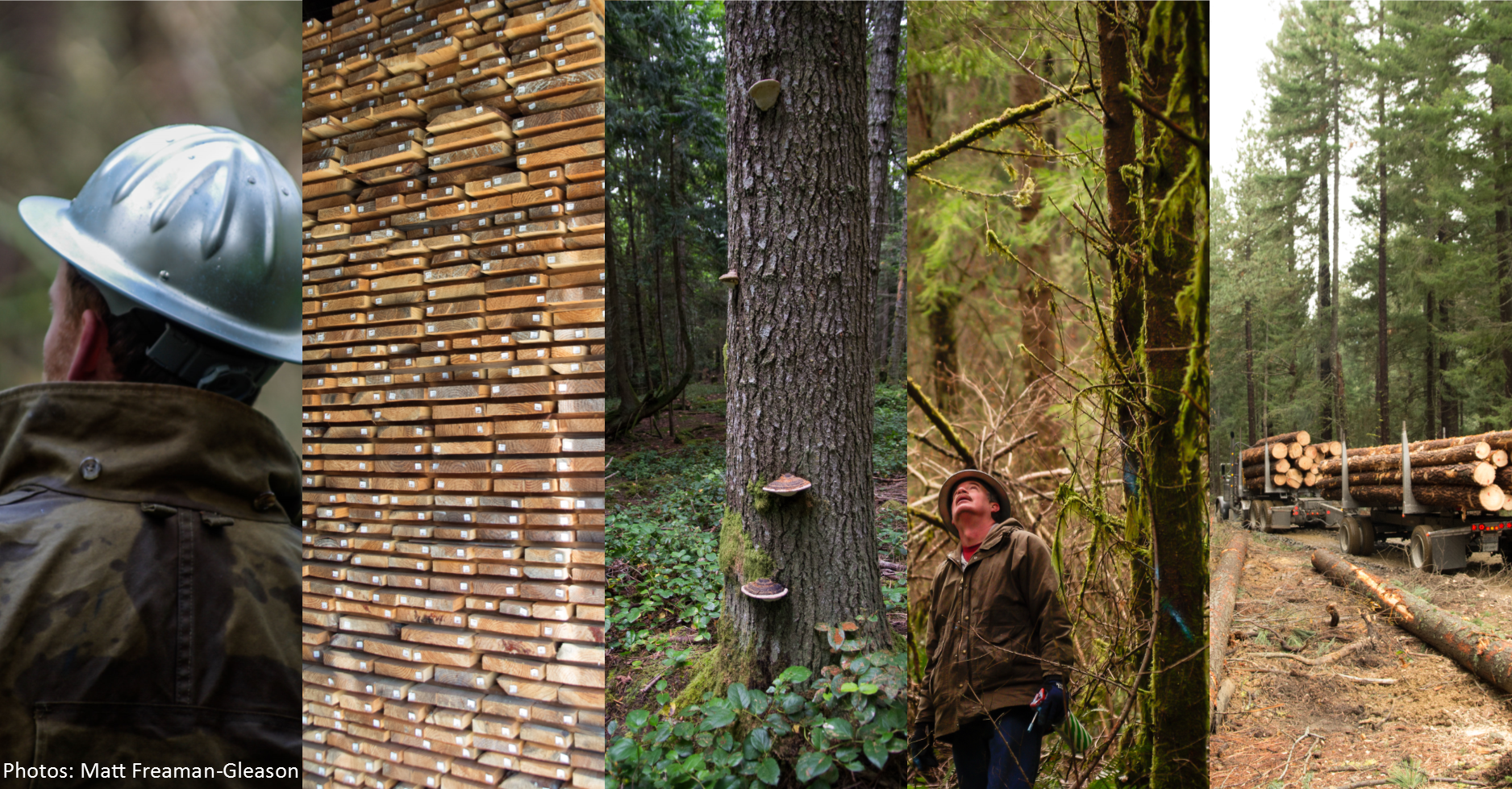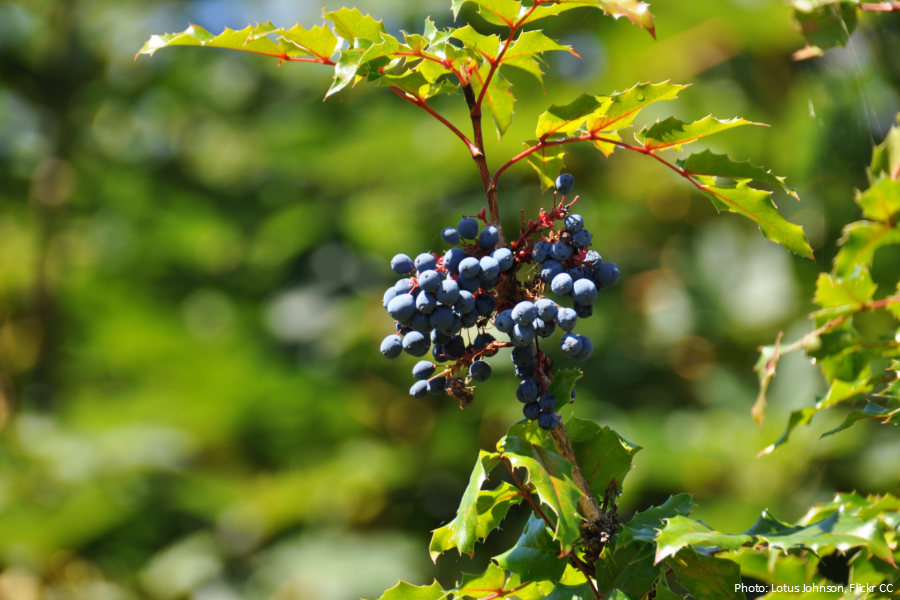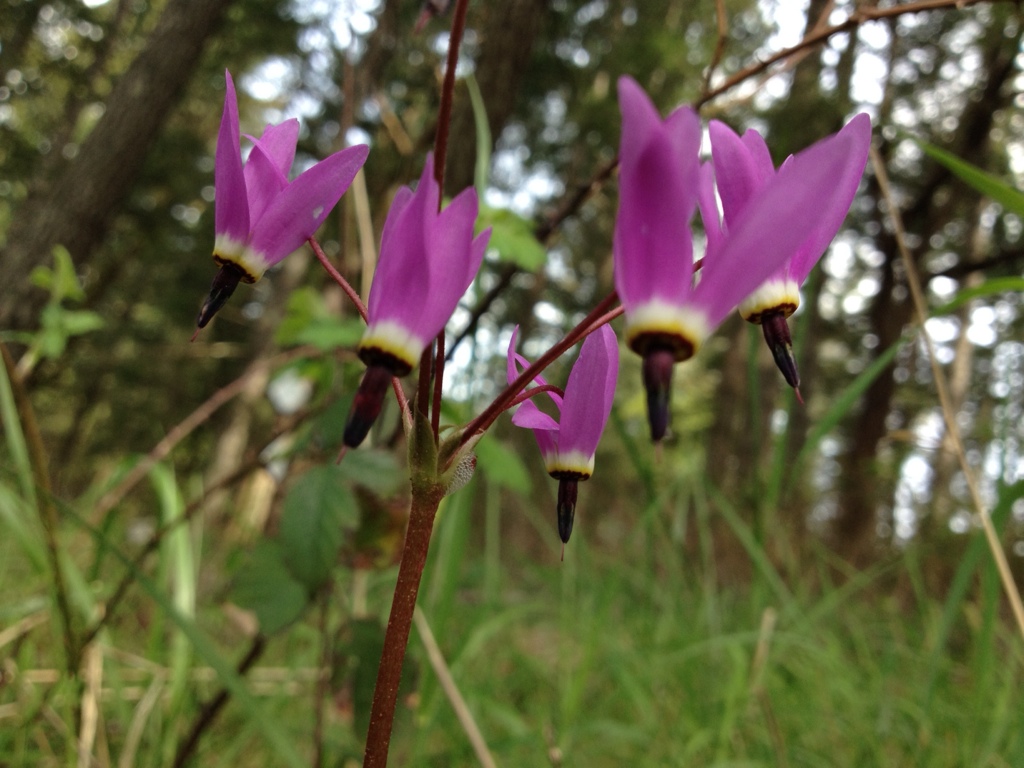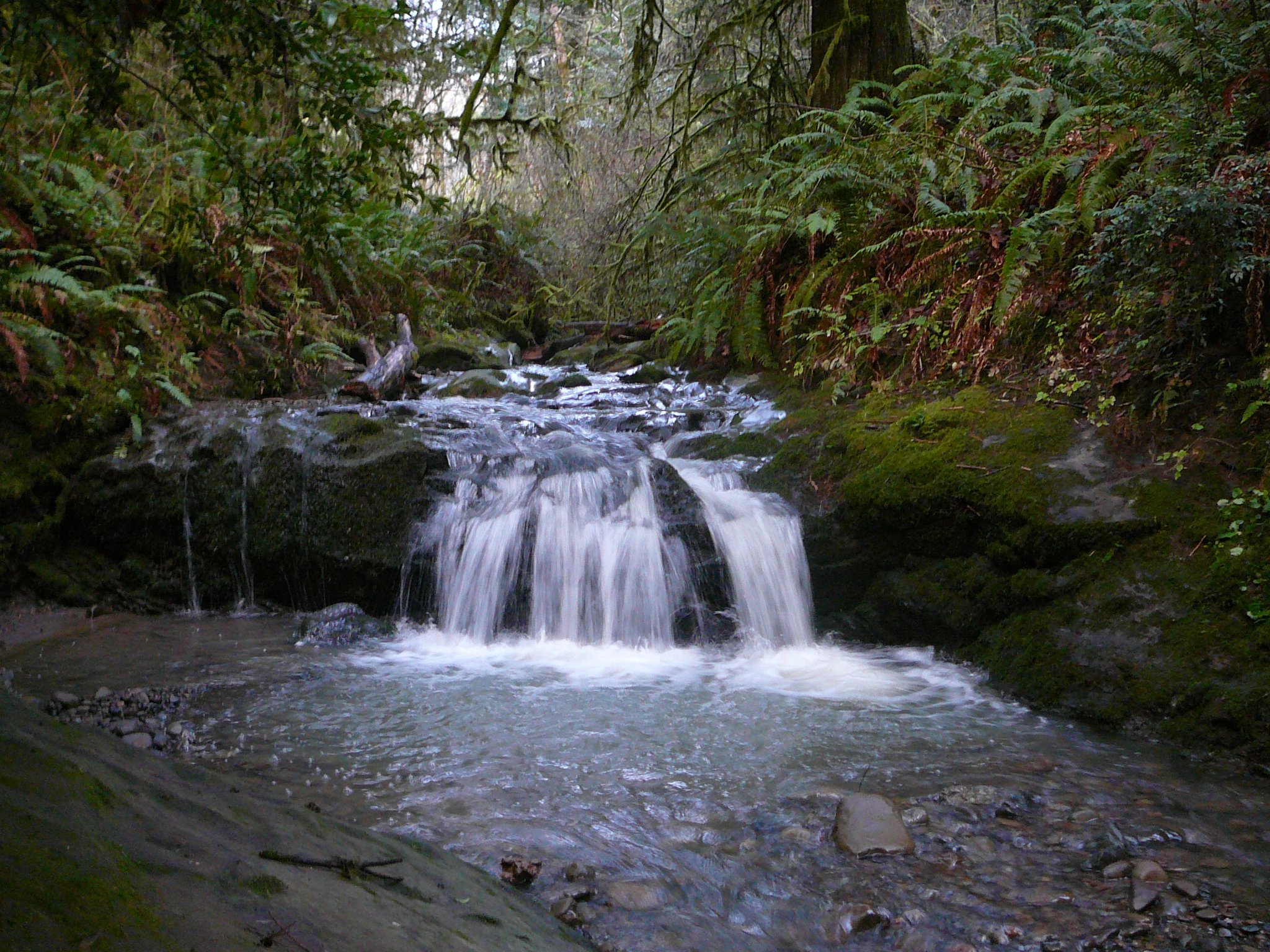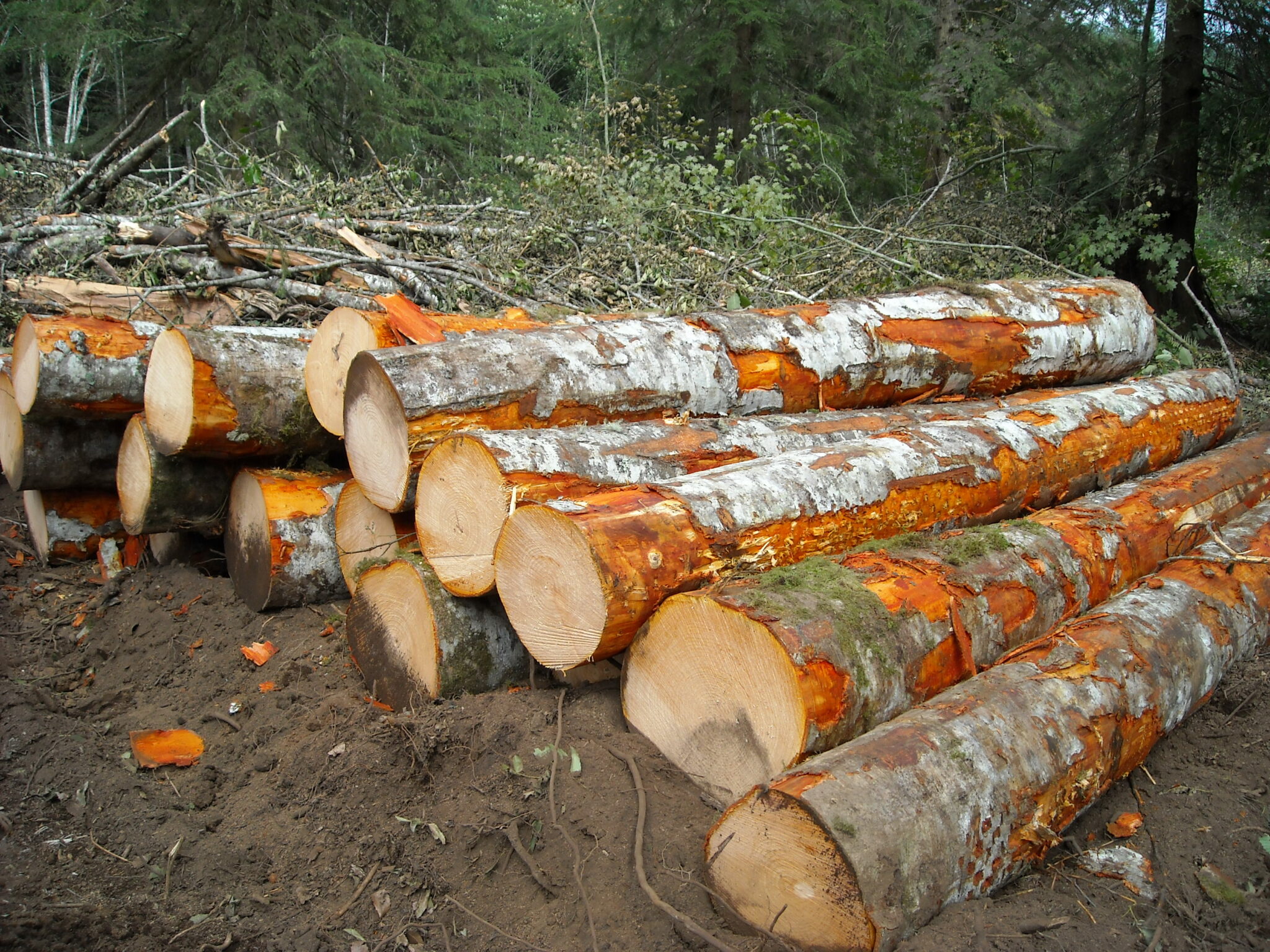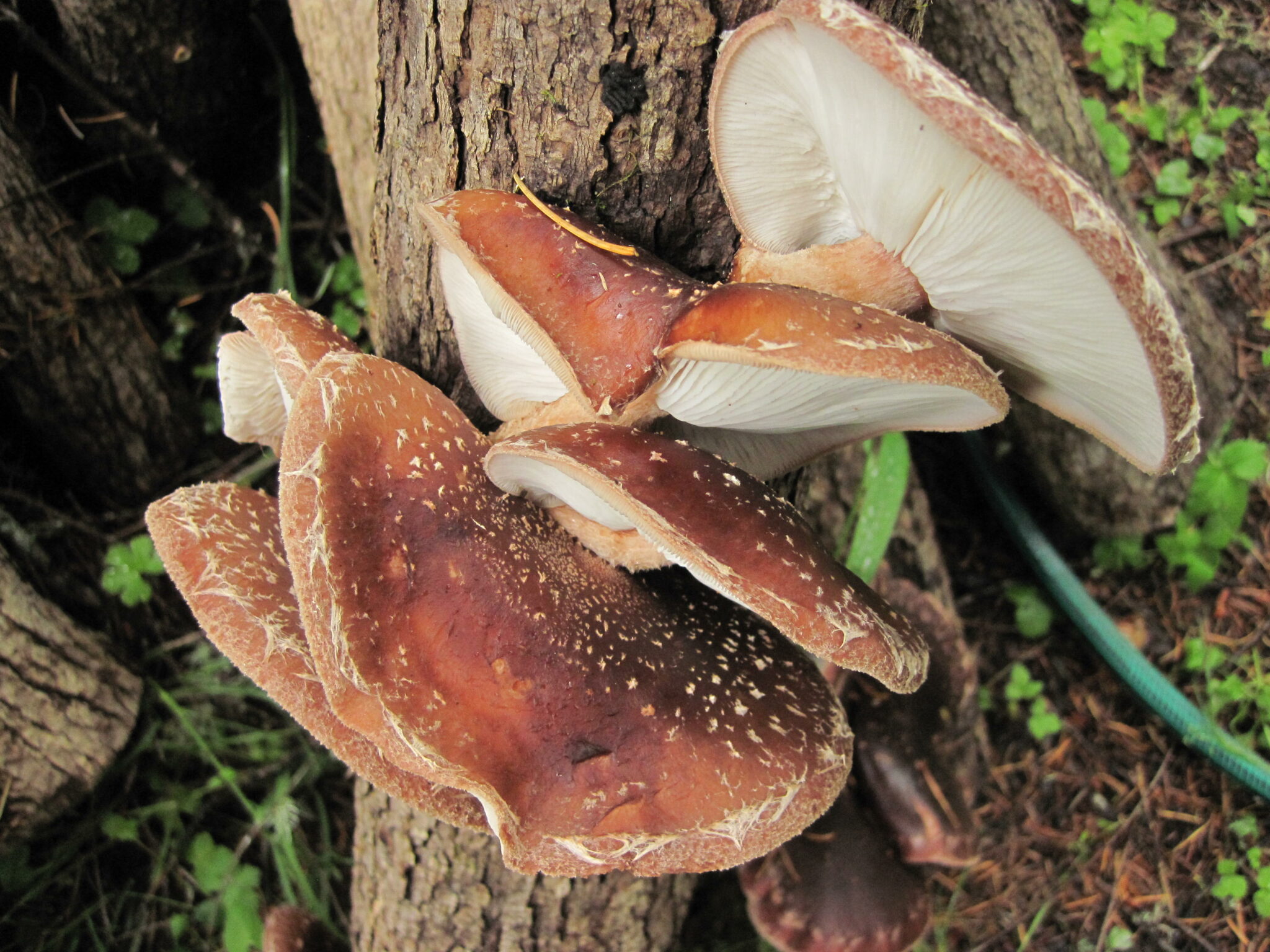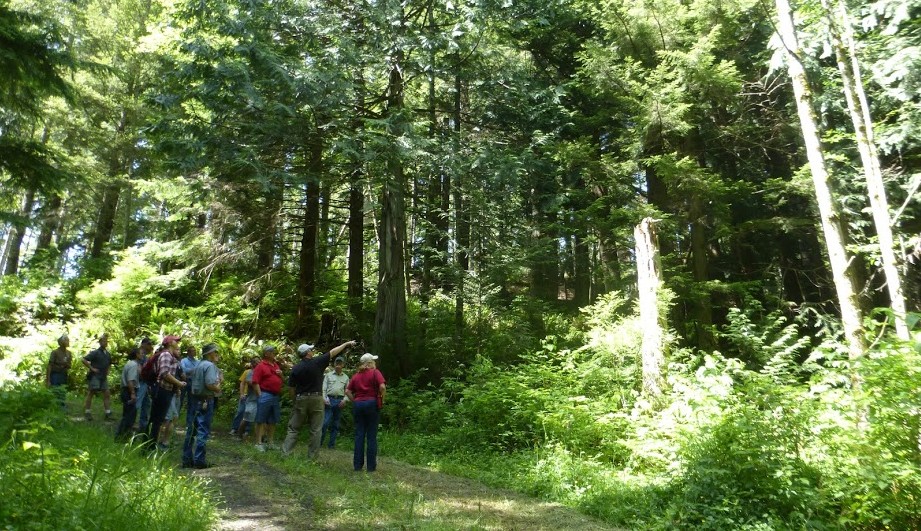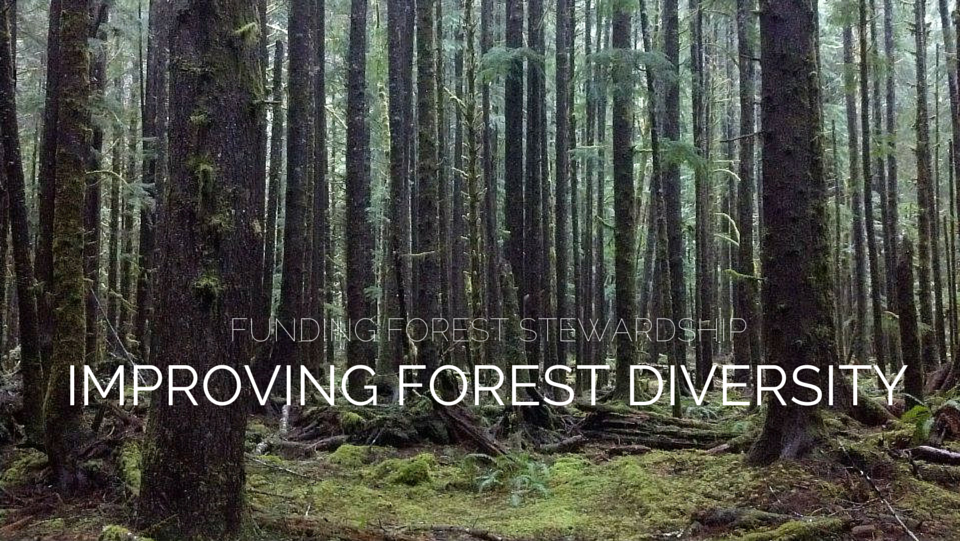At NNRG, we often discuss the importance of thinning to maintain forest health and productivity, as we did here — but in addition to these benefits, thinning can play a key role in increasing long-term timber revenue. In this article, we will explore the economic considerations of thinning. To shed light on when to thin, […]
Forest thinning
Snow for Trees: Forestry Techniques for a Changing Climate
Climate change is impacting landscapes on a large scale, and forests – one of our largest carbon sinks and
a critical part of any climate mitigation strategy – are at risk. If climate change is making forests more vulnerable, can innovative forest stewardship make them more resilient, and sustain the role they play in watershed protection? This question led us at Northwest Natural Resource Group (NNRG) to create an experiment in practical forestry methods, in collaboration with forward-thinking partner organizations.
Restoring watershed ecosystems at Tarboo Forest
Northwest Watershed Institute (NWI), a Port Townsend-based non-profit, leads the work to regrow old-growth forests in the uplands of Tarboo Creek and re-establish forested wetlands in the floodplain. Over the years, NWI has quilted together Tarboo Wildlife Preserve, 396 acres in the Tarboo valley near Quilicene, Washington.
Summer Forest Stewardship Tips
Summer is the perfect time for major forest management activities like thinning trees, controlling weeds and invasives, and maintaining roads.
Central Cascades Forest
The 46,000 acres of forestland spanning Snoqualmie Pass to Cle Elum known as the Central Cascades Forest (CCF) is now Forest Stewardship Council®-certified, through NNRG’s group certificate. It’s the Northwest’s largest jump in certified forestland since the City of Seattle’s Cedar River watershed earned FSC certification in 2011. The CCF is managed by The Nature Conservancy […]
Not Your Father’s Lumberjacks
Remember the Super-Axe-Hacker from The Lorax? The machine that could whack off four truffula trees with one smacker? Advances in logging technology have made this fantasy contraption a reality, with equipment like feller-bunchers, forwarders, skidders, and processors changing how we harvest. These machines can make ecological forestry better, efficiently and safely removing some trees while leaving others […]
Blakely Island Timber
Up in the San Juans Islands, our Forest Stewardship Council®-certified member Blakely Island Timber cares for more than 2,200 acres on namesake Blakely Island. Harvesting timber is a tool to achieve their goal of stewarding the forest with a healthy, productive long into the future. Douglas-fir grows much more slowly in the San Juans than […]
Forest Tour: Thinning Overstocked Stands for Health and Productivity
NOTE: This workshop was originally scheduled for February 24th but has been rescheduled for March 10th due to icy road conditions. If you already registered for the 2/24/18 workshop, please let us know if you can make it on March 10th by sending Cailin an email at cailin@nnrg.org. See how your neighbors are thinning excess wood to […]
Woody biomass trainings to reduce risks in the San Juan Islands
Landowners in San Juan County are addressing the unique challenges of managing island forests for both ecological health and economic viability. NNRG and our partners have worked with many island forests, conducting one-on-one site visits, developing management plans, hosting tours and classes. Increasingly, landowners have sought instruction on how to manage their overstocked stands for improved forest health. They […]
Forest Tour: Many Shapes & Sizes
Kevin Kaster (right), owner of a small-scale sawmill in Clackmas Co., presents a sample product to forest managers, designers, and woodland owners. A Tour of “GOOD WOOD” Management and Products REGISTER TODAY! Can a forest be managed for different purposes? Why might one tree be cut and another left standing? How does the way our […]
By the Numbers: 2016 Accomplishments
2016 was an incredible year for Northwest Certified Forestry members and the forests they steward. Because of the dedicated community of ecologically-minded woodland owners, Pacific Northwest forests are healthier, more resilient homes for wildlife and people alike. Here are some highlights of our year: Accomplishments: We hosted 11 workshops on ecologically-based forest management, precision tree-felling, forest […]
Workshop: Precision Tree Felling – SAWW Training Levels 1 & 2 – Sep. 22-23
This event has passed. To see more upcoming events, including SAWW trainings, please visit the NNRG Upcoming Events page. Upcoming Events Join Northwest Certified Forestry for a unique, hands-on training program for small woodland owners who are interested in learning how to safely cut down trees in the woods. Harvest planning, tree selection, and safe and accurate […]
Summer: Forestry through the Seasons
Summer is the perfect time for major forest management activities like thinning trees, controlling weeds, and maintaining roads. Performing these stewardship activities in the dry season when sap flow is low will reduce damage to residual trees while minimizing soil compaction and other effects on forest ecosystems. Steward your Forest Clear winter debris from roads and […]
Member Spotlight: Oak restoration & attuning to “hidden” wonders
When Jeanie Taylor and her husband, Tom Lenon, saw their forest for the first time they knew it was home. While the 20 acres in the Gopher Valley hills of Yamhill County was riddled with scotch broom and blackberry, it also supported Oregon white oaks and suggested the potential to provide habitat for endangered Fender’s blue butterfly, threatened […]
Member Spotlight: Giving back to forest, creek, and community
Camp Myrtlewood brings together a community dedicated to stewardship, environmental education, and fellowship. Just a few miles upstream from the confluence of the Middle Fork Coquille River and Myrtle Creek, Camp Myrtlewood includes 124 acres of temperate rainforest that is Forest Stewardship Council® certified through NNRG’s FSC® group certificate. Tucked away in the Coast Range […]
Workshop: Optimize the Value of Your Timber – November 7
Recognizing the value of the timber you have can be the difference between selling a veneer-grade log at pulp prices instead of the market premium. By understanding the specialty product markets for veneer, figured wood, pole-quality timber, and export logs you can extract the highest value for your timber. It’s important to understand the niche markets […]
Member Spotlight: Shiitake Mushroom Logs
In our Member Spotlight series, we highlight Northwest Certified Forestry (NCF) members who have used forest products for unique and entrepreneurial purposes on their land and within their communities. Often these projects help members earn supplemental income. For the second installment in the series, we introduce you to Gopher Valley Botanicals, a Forest Stewardship Council® certified member of our group certificate, who has sourced non-timber […]
Growing biologically rich forests for wildlife and income
On a beautiful summer day in early June, woodland owners gathered inside the library at Sedro-Woolley High School for the Managing for Timber and Wildlife workshop. The more than 20 participants were there to learn from Rolf Gersonde and Ken Bevis, two experts in the fields of silviculture and wildlife biology. Rolf Gersonde, a renowned silviculturist and researcher […]
Funding Forest Stewardship – Enhance Forest Health
For updated cost-share funding offered through NNRG in 2024 click here. For the third installment in the Funding Your Forest series, we’re focusing on ways to improve the diversity and productivity of your forest. Stewarding a forest that is diverse in species, age and size classes, with appropriate stocking densities is beneficial to the entire […]

